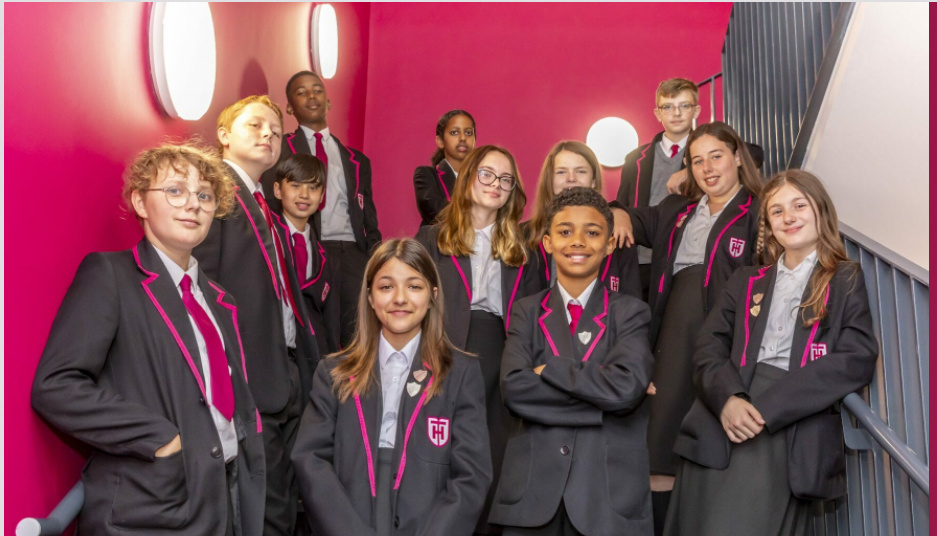
School visits, taster days, parents' evenings were key elements of transition from primary to secondary but in the last two years everything has changed. Lessons went online and many schools and colleges opted for a virtual tour of the buildings while videos showed what was on offer. With the well-being agenda firmly in the public eye, there has quite rightly been concern about children missing out on rites of passage such as the primary prom or graduation ceremony. But transition is not just about saying goodbye, it is also about pupils finding their place in a new setting.
Every school welcoming new Year 7s ideally wants to gain a full picture of each child’s strengths, areas where they may need support, and their overall academic attainment. However, the cancellation of national SATs proved to be a headache for secondary staff who had to identify the skills and knowledge of the incoming group.
This was the problem that faced Herts for Learning. We are the UK’s largest school company, operating on a not-for-profit basis and majority-owned by Hertfordshire schools. We focus on supporting schools to ensure the best outcomes for their children. We needed a robust county wide solution to make the transition as smooth as possible for Year 6 children throughout Hertfordshire.
Identifying the problem
With the pandemic, the Senior Leadership Teams at secondary schools across the region recognised they were experiencing a knowledge vacuum when it came to new school starters. We needed to put data and assessment solutions in place to ensure that our county’s secondary schools could get off to a great start with their new Year 7 cohort. We decided to set up a ‘transition working group’ to review how best to tackle this.
One piece of information the group decided was vital was the reading age for every student at the end of Year 6. The group set out to find a standardised assessment which could be used across Hertfordshire schools.